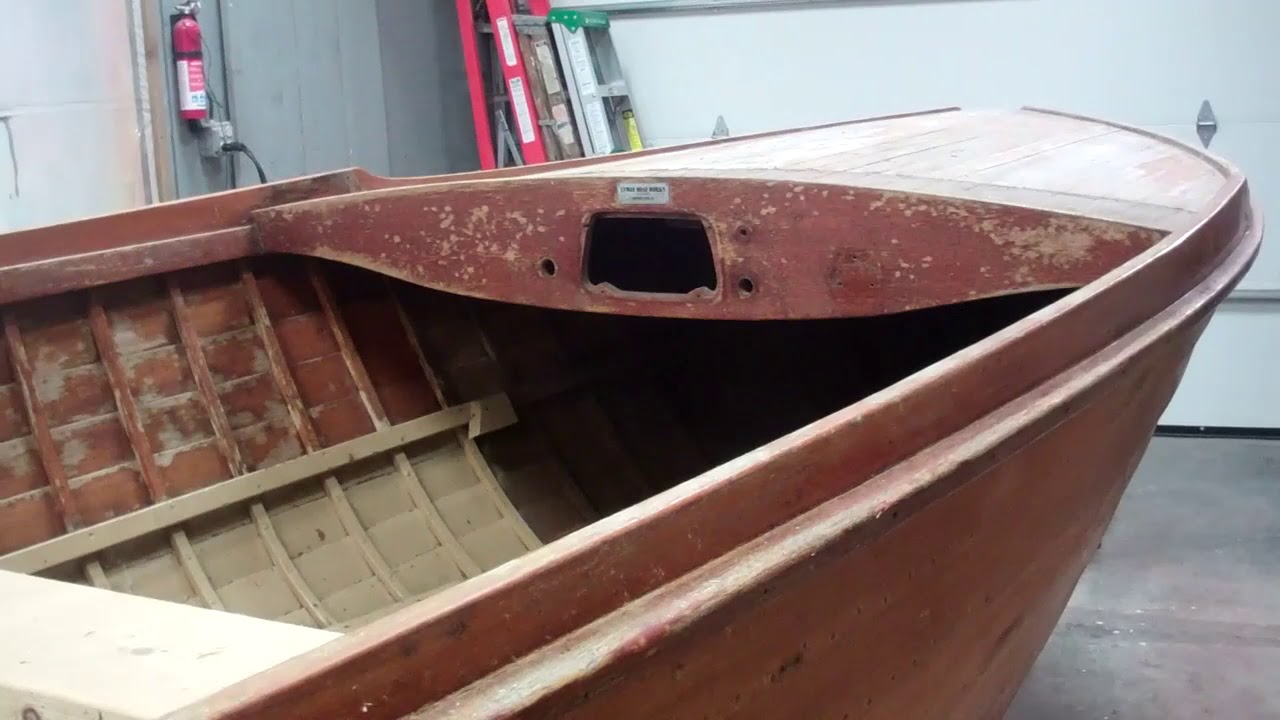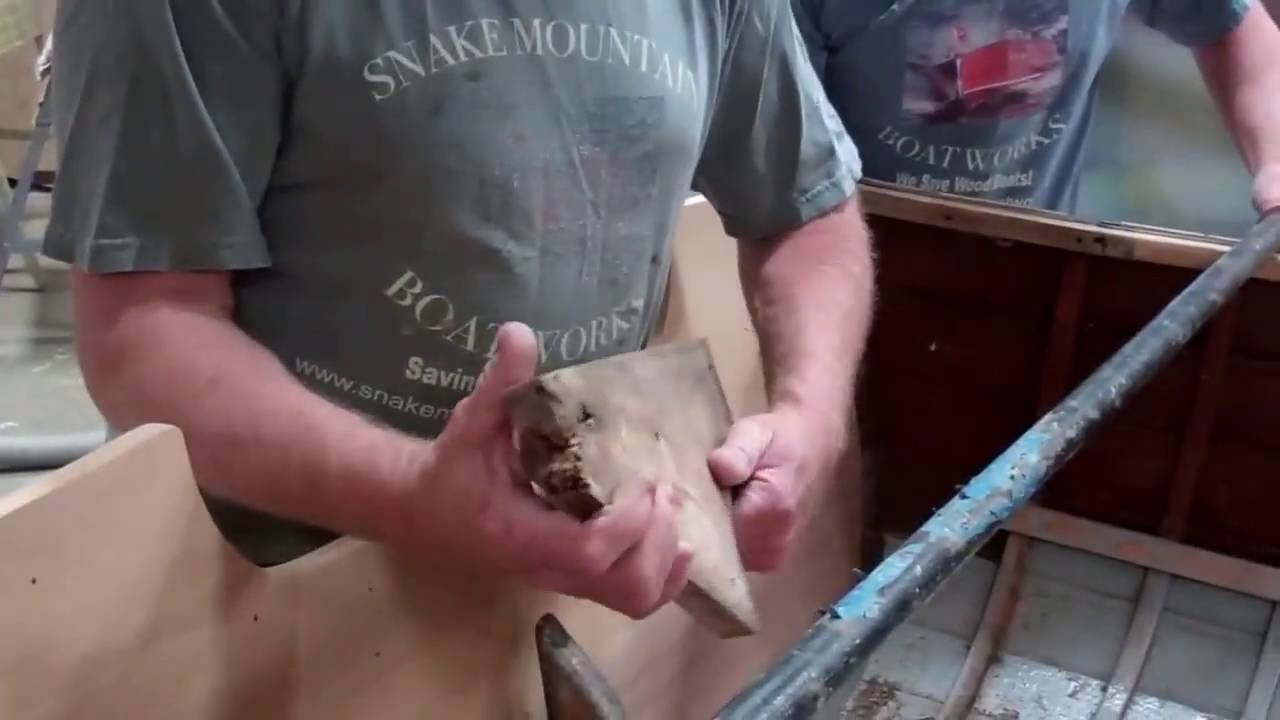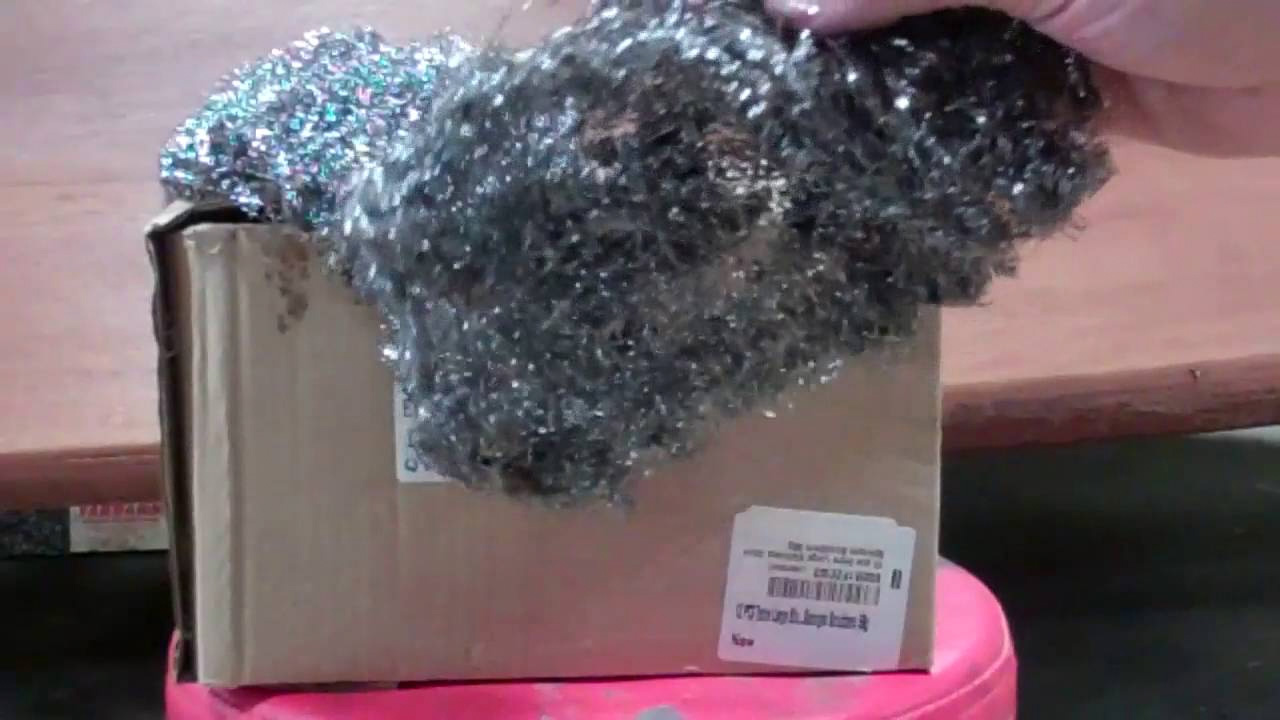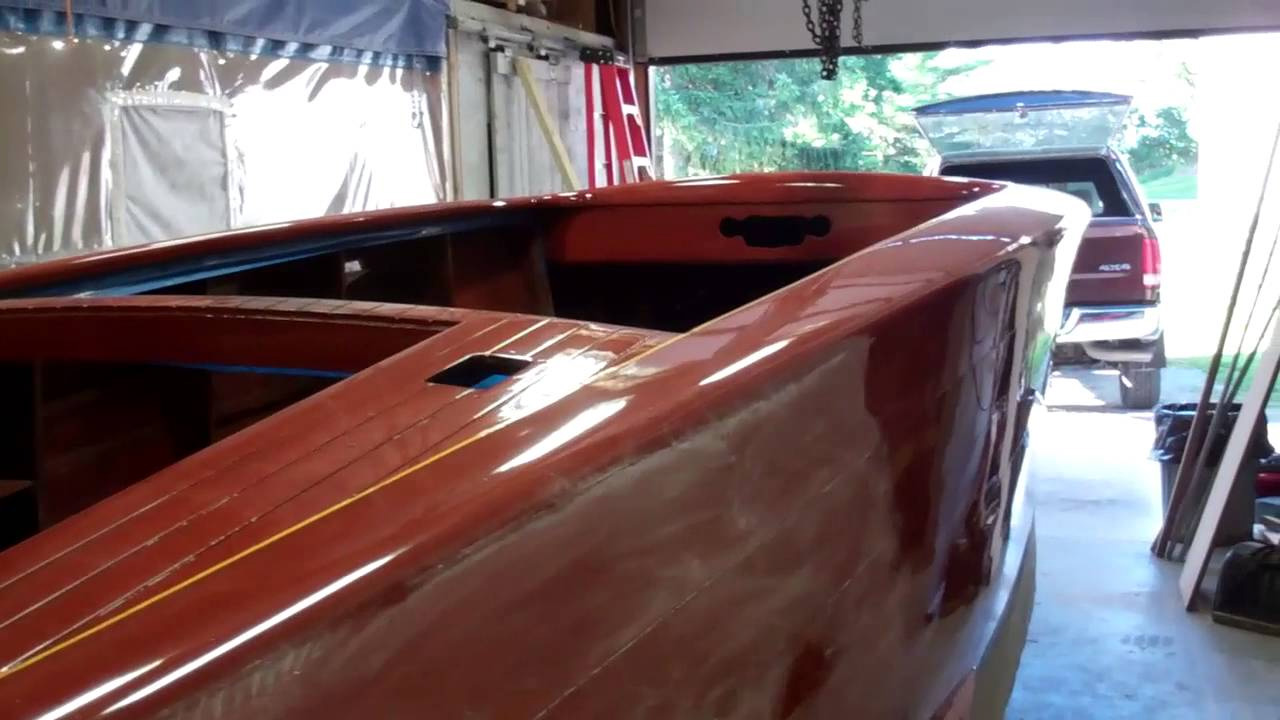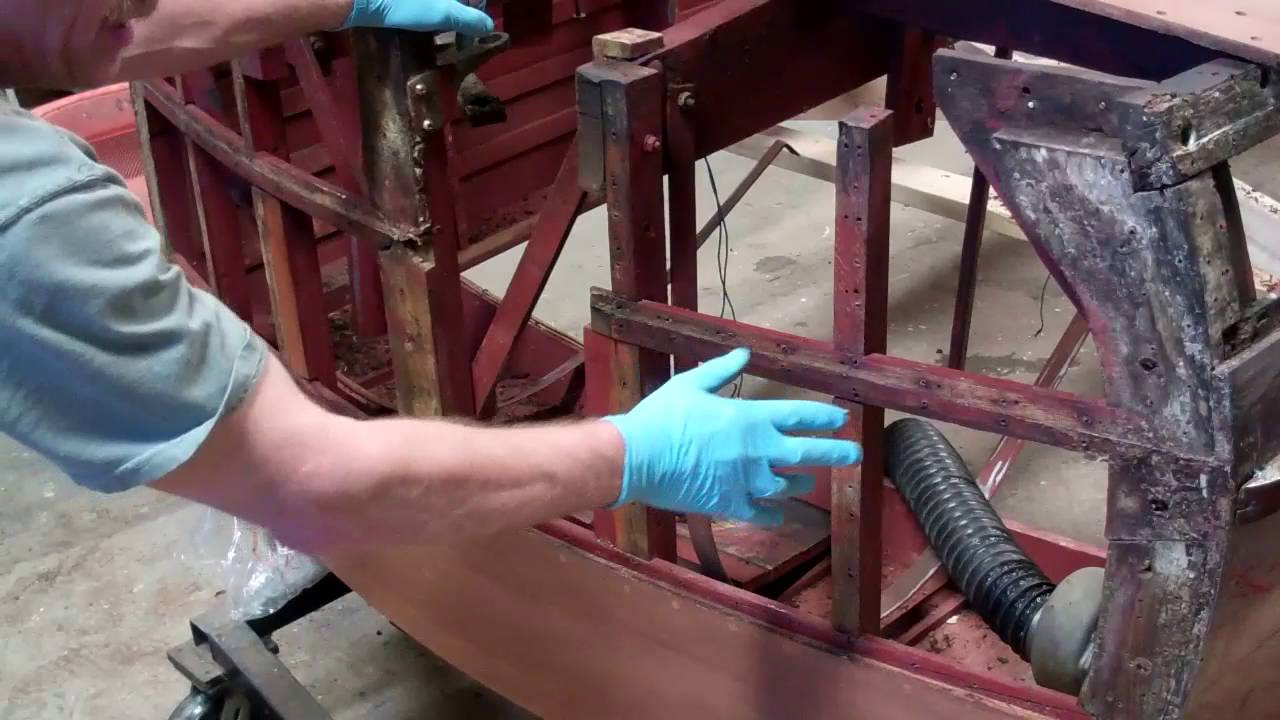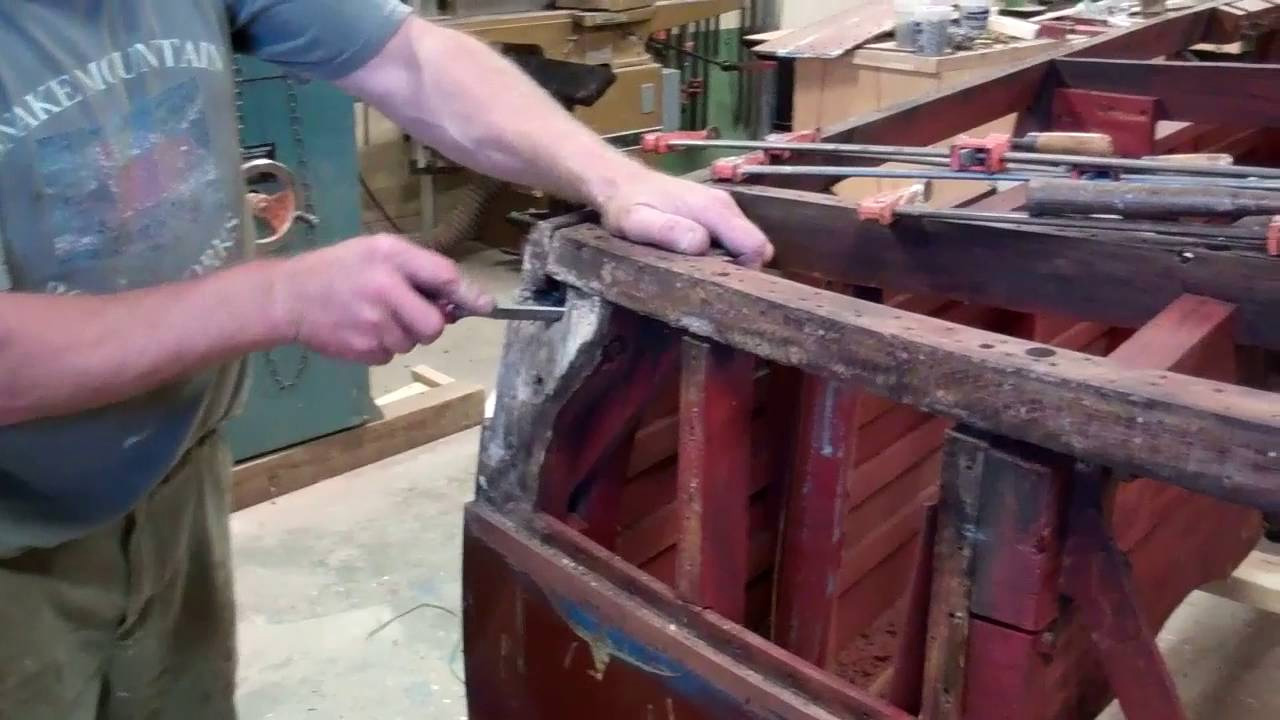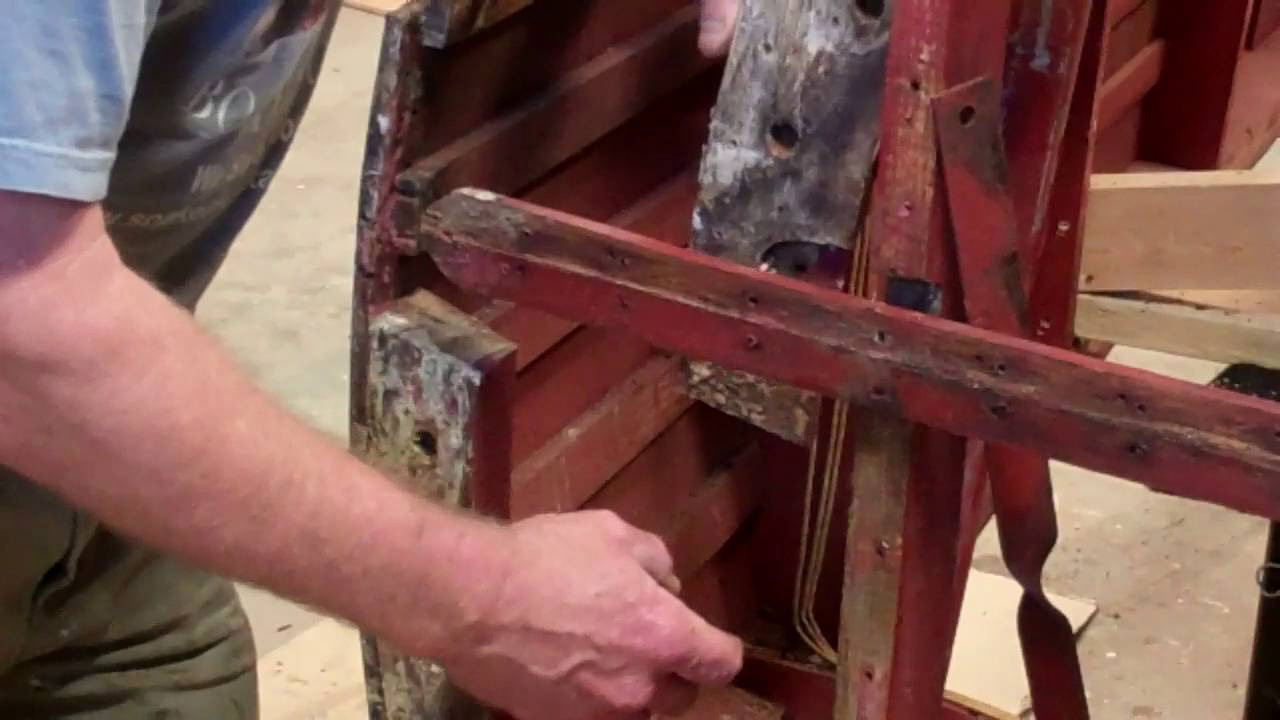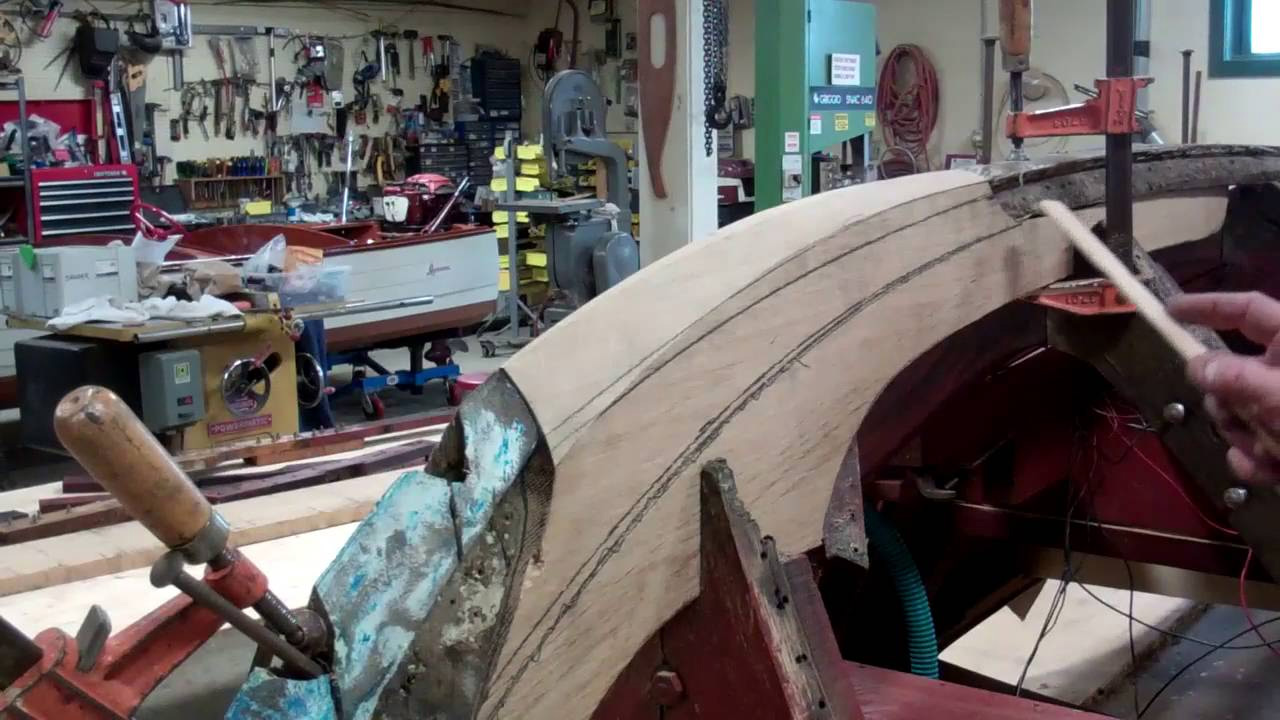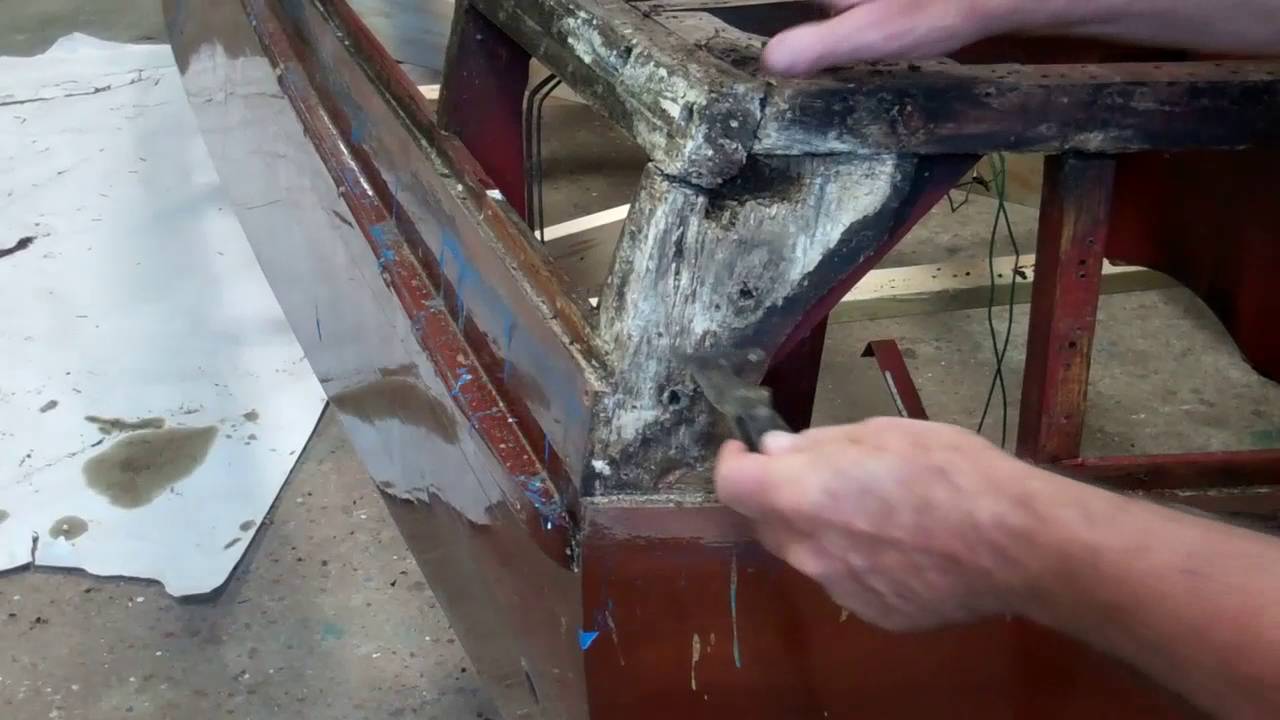Susan, hull number 10151, is a an intriguing 16-Foot, 1940 Lyman inboard runabout, but we knew very little about her when I bought her in June 2015, other than that she is absolutely original, complete with Cyprus strakes that were finished bright, and a rear-facing aft cockpit. I shot an arrival video, which you can enjoy by navigating here.
Her engine looks all the world to be a 60-HP, Chris-Craft B, except that it is now. Robert Henkel, Peter Henkel Inc., Marine City, MI, who executed a complete rebuild, and has an extensive research library, reports that, “It is a Hercules long block that the Nordberg Manufacturing Company of Milwaukee, WI purchased, completed and stamped its own logo, etc. on the exhaust manifold. Nordberg Manufacturing Co., which, before WWII, was best known for its steam, diesel and gasoline engines, in was founded in 1889 by Bruno Nordberg:
According to Wikipedia, the company was founded by Bruno V. Nordberg and Jacob Ellis Friend in 1886. Nordberg had been working previously at steam engine and sawmill maker E. P. Allis & Co. One hundred years later, in 1989, the company was sold to Finish conglomerate Metso. By 2004 the Nordberg operations were defunct. (Read more about Nordberg here on Wikipedia and Vintage Machinery).
Gene Porter, who is renowned for his encyclopedic knowledge of things Lyman took one look at her and asked, “Do you have any idea what you have here? She was used as a yacht tender before WWII. I’ve been searching for one of these boats for decades.”
Sorry, Gene. You may rank among the top of my best friends, but that will not get Susan away from me.
To date we have released everything down to the bare hull and will begin stripping ancient varnish today.
I have had her hardware preserved and plated by Mickey Dupuis, D&S Custom Metal Restoration in Holyoke, MA.
Shauna at Kocian Instruments, Forest Lake, MN, executed her typically masterful preservation of the gauge panel.
Time to break out the Circa 1850 Heavy Body Paint & Varnish Remover and go to work.

